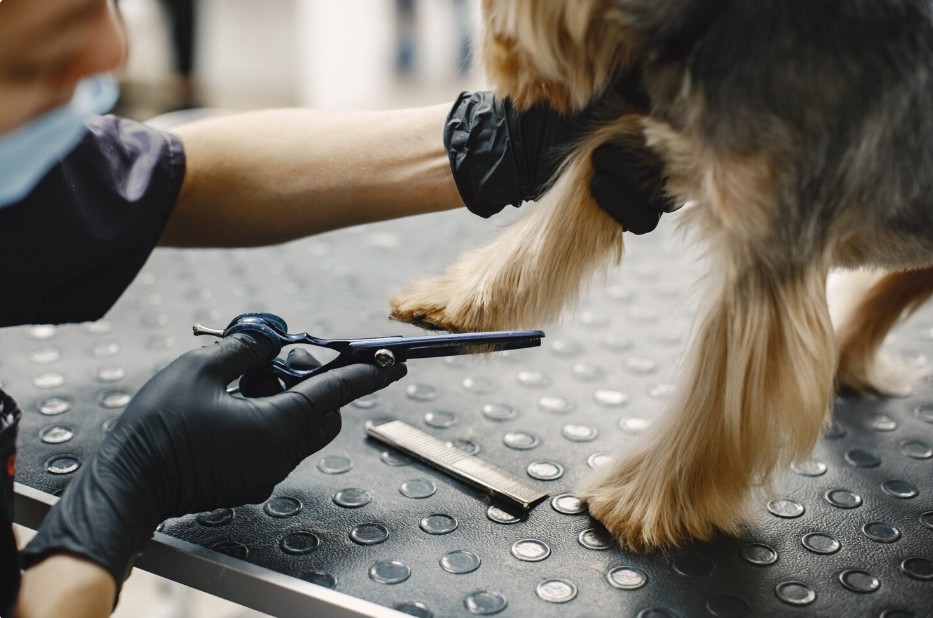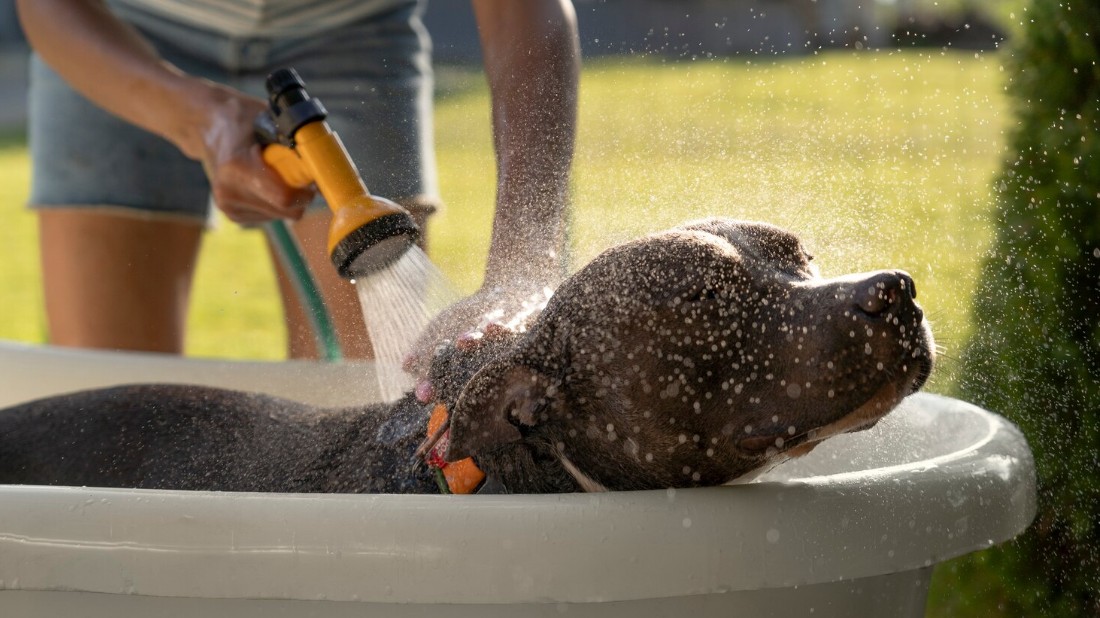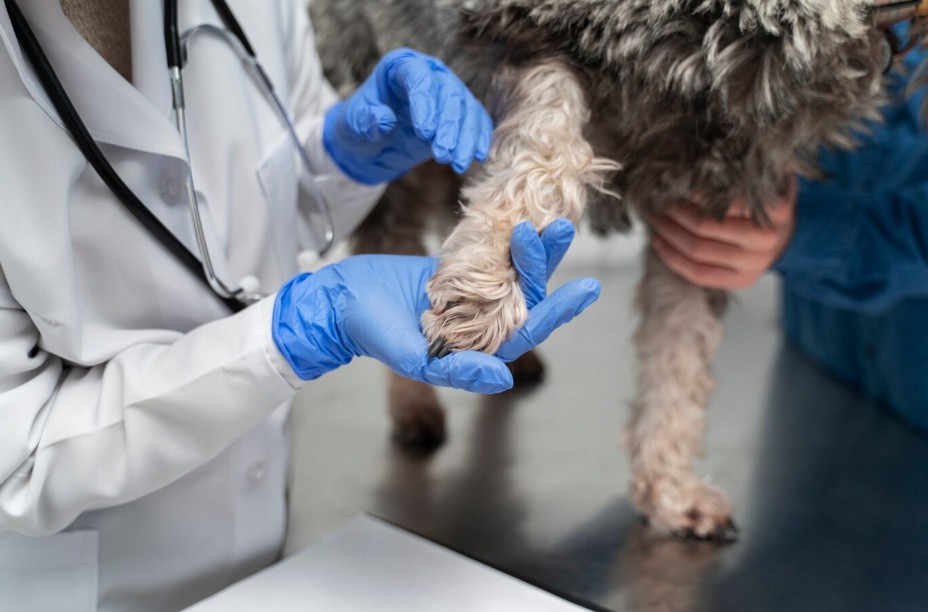Welcoming a rescue dog is an act of love, but it’s also a commitment to understanding what they went through and the right ways to help them recover from it. Most rescue dogs come from difficult backgrounds, abandonment, ignorance, abuse, or extended time in shelters- all of which can leave deep emotional scars. As a new pet parent, recognizing signs of trauma in rescue dogs is crucial to respond in a way that supports their emotional recovery.
This blog explores common signs of trauma in rescue dogs and how to help traumatized rescue dogs. Read more below.
Understanding Trauma in Rescue Dogs
1. Fear and Avoidance
If your rescue dog constantly hides, cowers, or avoids people, it’s a sign of fear arising out of their past experiences. They might retreat when approached, flinch when you raise your hand, or appear scared around certain people (particularly men, if they have had negative experiences).
2. Excessive Shyness or Withdrawal
A traumatized dog may appear shut down, show zero interest in playing, exploring, or interacting. This withdrawal is a coping mechanism that makes them feel safe, but also indicates emotional stress.
3. Aggression or Defensive Behavior
Some dogs show aggression because of fear. This behavior can be seen when they feel threatened or cornered. Snapping, barking, or growling doesn’t necessarily mean a bad dog; sometimes it’s just a defense mechanism.
4. Hypervigilance
If your dog is extra alert, startles quite easily, or scans their environment constantly, this signifies they are suffering from hypervigilance, which is a common symptom of trauma.
5. Destructive Behavior
Chewing furniture, digging, or other destructive behaviors are a medium that a stressed dog uses to release pent-up anxiety. Boredom, fear, or lack of proper mental stimulation can also lead to such behaviors.
6. Obsessive Behaviors
Coping behaviors like excessive licking, tail chasing, or pacing may soothe dogs for a while, but they can indicate underlying trauma that needs to be addressed.
7. House-Training Regression
Many traumatized rescue dogs struggle with house-training because of anxiety, lack of training in their previous home, or confusion in a new environment.
Also, Read Here:
https://www.justiceforleia.com/blog/fundraising-event-for-your-local-dog-rescue/
Effective Ways to Help Traumatized Rescue Dogs
1. Create a Safe Environment
Provide a quiet, calm space for your dog where they can feel secure. Add soft bedding, a cozy crate, and a consistent routine to soothe them. Avoid frequent changes in routine, loud noises, and chaotic environments.
2. Built Trust Gradually
When it comes to rescue dogs, building trust is a gradual process because of the negative experiences they’ve had. Allow your dog time to approach you. Avoid sudden movements, use soft voices, and pay attention to their comfort zones. You must also use positive reinforcement, such as treats or gentle praise, but avoid forcing affection.
3. Use Positive Reinforcement
Rescued dogs need love, patience, and care, not punishments. Reward them for desirable behaviors using toys, affection, or treats. Positive reinforcement techniques create a safe association and build confidence.
4. Establish a Routine
A consistent routine is crucial to building security. Make sure to feed, take them for a walk, and allow time to rest at the same times of the day. This predictability reduces anxiety and ensures stability for your rescued dog.
5. Socialize Slowly
Don’t rush socialization. Take small steps such as short walks, quiet visits with friends, and gradually expose your dog to new environments. Let your dog socialize at their own pace and avoid overexposure to stressors to reduce anxiety.
6. Exercise and Mental Stimulation
Exercise is crucial for rescued dogs to ease anxiety and stress. Food puzzles, interactive toys, sniff walks, and training sessions keep them mentally stimulated and also provide healthy outlets for your dog’s energy.
7. Seek Professional Help When Required
If your rescued dog’s trauma responses are extreme, don’t hesitate to consult a dog behaviorist or trainer who specializes in anxiety and fear. In certain cases, a veterinarian may prescribe anti-anxiety medication to support your dog’s recovery from past traumas.
Helping a traumatized rescue dog isn’t a cake walk, but each step forward is a victory. Celebrate small wins, as healing doesn’t happen overnight. Offer a second chance to lovely furry companions. This not only saves lives but also helps beautiful souls rediscover joy.






